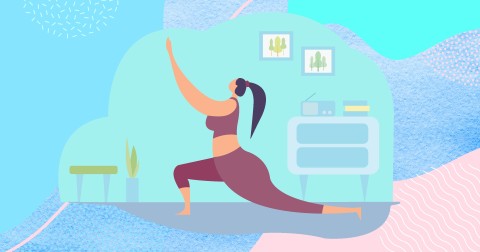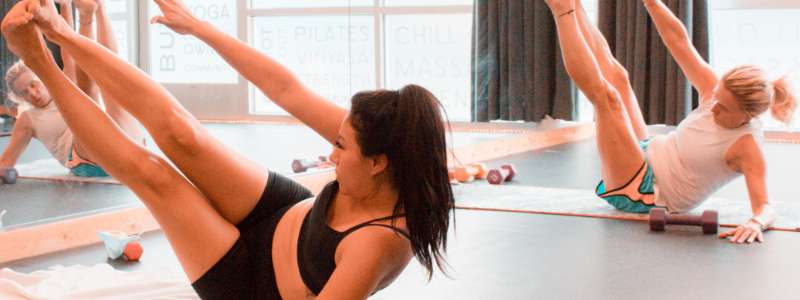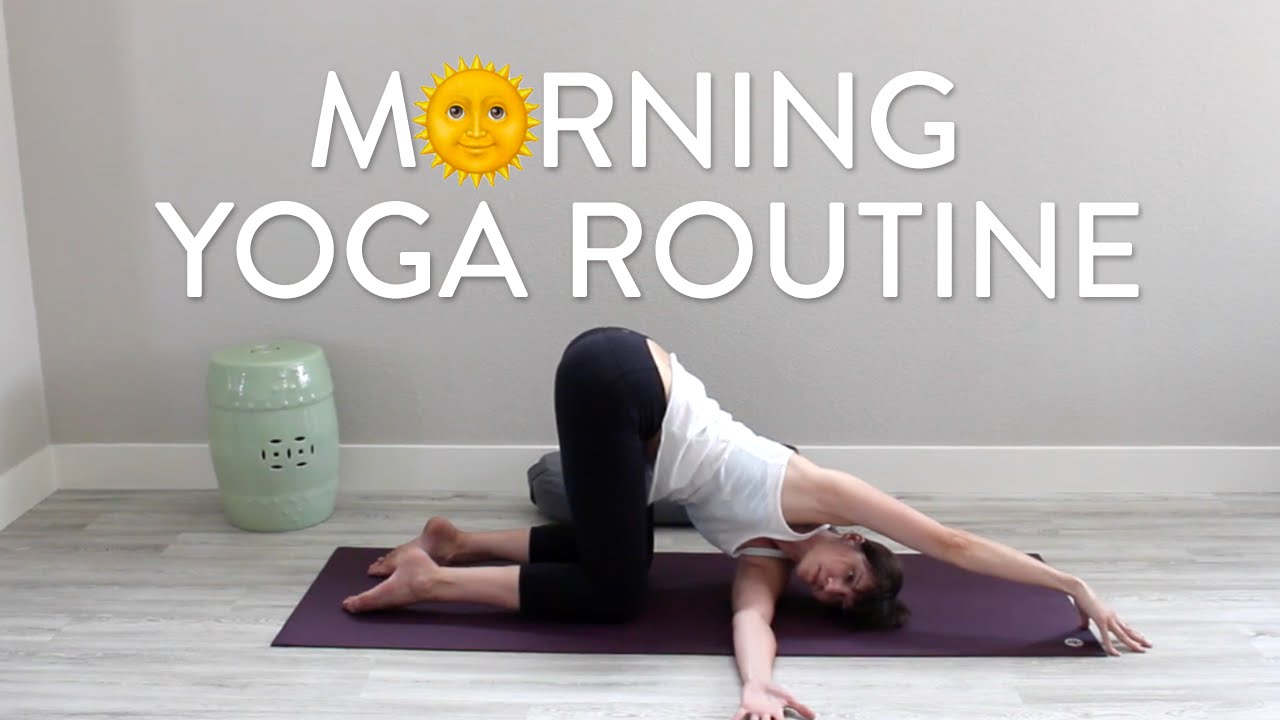
Yoga and sleep go hand-in-hand, so if you want to get a good night's sleep, it's best to practice it before bed. Practicing yoga before bed will help you to relax and fall asleep more quickly. It can also increase your well-being and sense of well being. Yoga is a great partner for sleep, as it doesn't require a partner to do the exercise.
Yoga for sleeping has many benefits. Bikram yoga can help reduce insomnia risk and improve sleep quality. Kundalini Yoga also offers meditation and long breathing. You can fall asleep faster if your yoga practice is regular or not. Even a small amount of yoga can make a huge difference in your sleep quality. It's a wonderful way to begin your day.

Yoga has many physical benefits. It can also improve your ability to sleep. Certain postures can help you stay focused and to tune out any distractions before hitting the hay. The Child’s Pose is one example. It helps you concentrate on your inner child and calms down your mind. During the pose, you'll activate your parasympathetic nervous system, which relaxes the brain and body. This will make you sleep more soundly at night.
The authors assessed the effectiveness of yoga on sleep by analyzing the effects of the exercises. Participants who practiced yoga before bedtime reported better perceptions of their sleep and a higher level of habitual sleep efficiency. However, the daytime dysfunction scores of participants were not significantly different. However, the studies revealed that yoga's positive effect on sleep was more than we thought. Yoga and Sleep can provide the solution you are looking for.
In addition to the effects of yoga on sleep quality, there is evidence for a direct link between yoga and sleep in the elderly. While insomnia is a common symptom of old age, the benefits of yoga are that the body can adapt to it. As a result, the elderly can enjoy better quality of life and improve their quality of rest. You can even improve your memory and learn skills by doing yoga before you go to bed. Remember that proper yoga practice can help your body adapt and cope with the stresses of daily living.

Although the effects of Yoga are not immediately noticeable, they are still important. Insomnia is a condition that can negatively impact the quality of your life and cause major health complications. You can get serious health problems such as heart failure and diabetes from insomnia. It is possible to lose focus and not get enough sleep. These conditions can lead to stress, which can affect our ability to complete daily tasks. Fortunately, the benefits of Yoga and sleep are both simple and effective.
FAQ
Can I go to the gym seven days a week?
You can go to the gym seven times a week, but not at once. This means you need to choose a time when you feel rested and not too tired.
This will help to keep you focused and give you energy for other things.
You must also ensure that you eat enough during these times. This will ensure you don't feel tired and sluggish when going to the gym.
Last, you must make sure that there isn’t another thing competing for your attention. For example, if you have children, you may want to avoid exercising on school nights as they will distract you from your workout.
What diet supplement is best to lose weight?
Losing weight requires both diet and exercise. However, some people find that certain supplements help them along the way.
Studies have shown that omega-3 fatty acid may be beneficial in weight loss. Omega-3 fatty acid is an essential fat that is important for brain function as well as cell membrane integrity. They're found in seafood like salmon, tuna, shrimp, and cod liver oil.
Research suggests that green tea may be beneficial in weight loss. Green tea contains catechins, antioxidants that may help boost metabolic rate and encourage weight loss.
What is a good seven-day workout routine?
Three days per week should be spent on cardiovascular training, including running, biking, swimming, and two strength exercises using free weights, weight machine, as well as one flexibility/core exercise such as yoga, Pilates. Each activity should be performed at least once each week. Each session should last no more than 45 minutes.
Cardiovascular Exercises: Running, biking, swimming
Aim to do at least 60 minutes per week of cardio. Aim for 75 minutes per week to get the best results. Cardio exercises can be used to increase blood flow, stimulate muscle growth, and improve blood circulation.
Strength Training
While cardio exercises target the heart and lungs, strength training targets the muscles and bones. Strength training can help you burn calories even when you're not working out.
Flexibility and core workouts
To strengthen your whole body, flexibility and core work outs are excellent ways to do so. Both yoga and Pilates can be great choices.
Which is the best order to exercise?
It all depends upon what you are trying to achieve. Start with heavy lifting if you're looking to build muscle mass. Then you can move to cardio. If you are looking to lose weight, then move on to strength training.
Cardio is a great way to lose fat if you are just looking for a quick workout. After that, you can add strength training.
Then if you want to gain muscle mass, do cardio last because it stimulates growth hormones which help build muscle mass.
It is important to eat before going to work out. This will fuel you muscles better, which will make it work harder. Plus, it makes you feel better during your workout.
How many calories per day should I consume?
This varies from person to person. On average, you need 2000 to 2500 calories per days. Based on your age, gender, height and activity level, you will need to calculate how many calories you require.
Statistics
- An estimated calorie range for moderately active adult males falls between 2,200 to 2,800 calories per day, depending on age. (eatright.org)
- According to the American Academy of Dermatology (AAD), men over 50 are at a heightened risk of developing it. (healthline.com)
- According to the American Heart Association, blood pressure should be checked at least once every two years, beginning at age 20. (my.clevelandclinic.org)
- Candidates and applicants must pass all four tests at 70% (minimum level) to graduate from Basic Deputy U.S. Marshal (BDUSM) Training. (usmarshals.gov)
- Cardmembers earn 5% Back at Amazon.com with a Prime Credit Card. (amazon.com)
External Links
How To
How can a man get in shape in 30 days?
Breaking down your fitness goals into smaller, more manageable steps is the best way for you to reach your fitness goals.
It is important to work towards your goal every day. This could mean anything from doing 10 pushups for 5 minutes to running 3km.
Consistently doing this will lead to positive results.
The key thing here is consistency. You must persevere until your success is achieved.
What is the difference in Aerobic Fitness and Anaerobic Fitness
Anaerobic fitness is the ability to do intense physical work without oxygen. Anaerobic pathways are used when there is intense exercise to provide sufficient energy. Anaerobic pathways include glycolysis and creatine phosphate.
Aerobic fitness, on the other hand, is a sustained low-intensity exercise. Aerobic exercise is a form of aerobic exercise in which oxygen is the primary fuel source for the cells. In other words, the aerobic pathway provides more energy than the anaerobic pathway.
If you are looking to run a full marathon, then you have to increase your aerobic ability. You won't be successful if you focus only on your anaerobic ability.
Aerobic fitness is also known as cardiovascular fitness. The most common methods of determining cardiovascular fitness are step tests and VO2max testing.
VO2 Max Test
VO2 max is the maximal amount of oxygen (O2) that the body uses during exercise. This test measures how much oxygen the body can use while exercising.
This is the best test to assess cardiovascular fitness. However, it requires expensive equipment and highly trained professionals to administer the test.
Step Tests
Step tests are an easy but powerful way to determine your cardiovascular fitness. These are based on your weight and age, they require you to run or walk on a track.
These tests are inexpensive, easy to conduct, and can be done almost anywhere. You can for instance walk on a treadmill 2 minutes, then stop for 1 minute. Throughout the entire session, your heartbeat should stay within a set range.
This is the "Bruce Protocol". Bruce, himself a runner, created this protocol after realizing that he would not feel his heart rate increase when running longer distances.